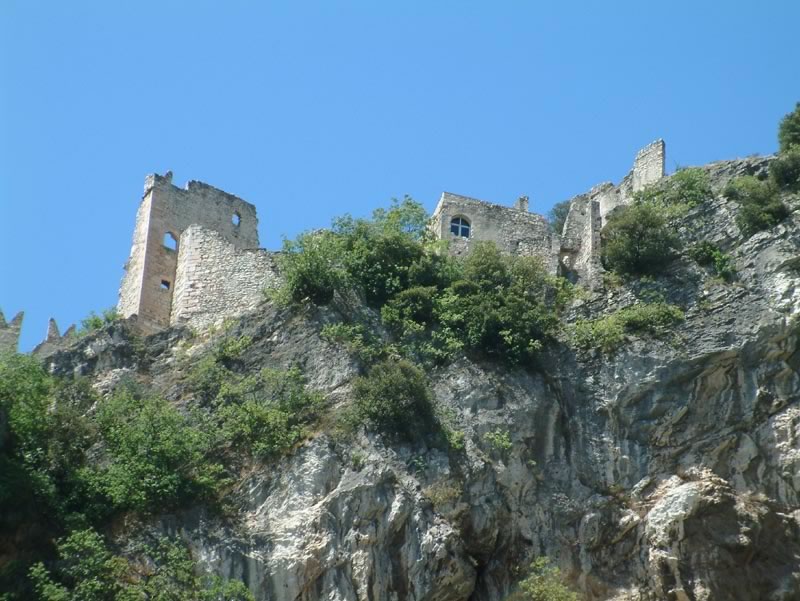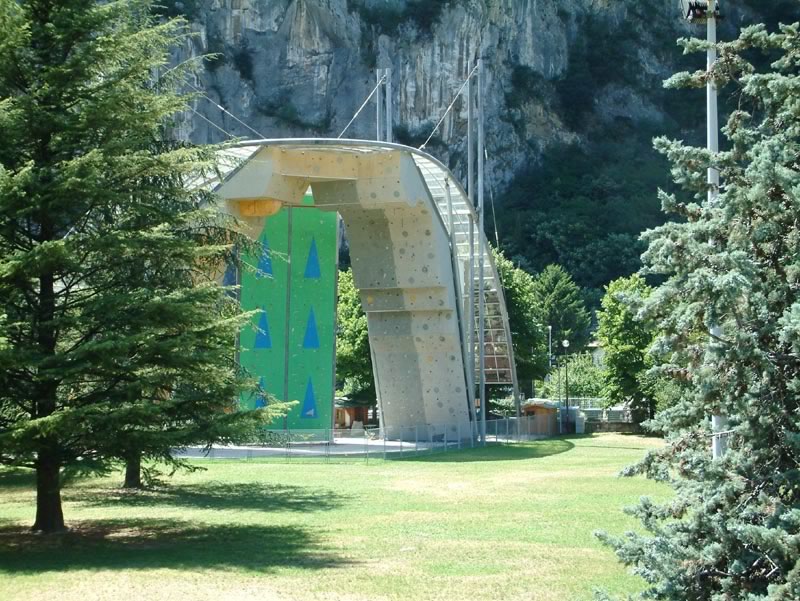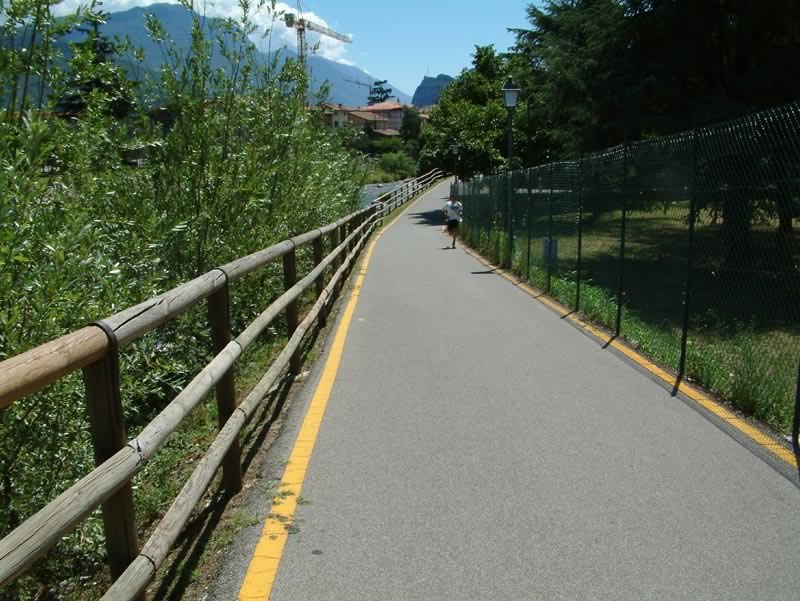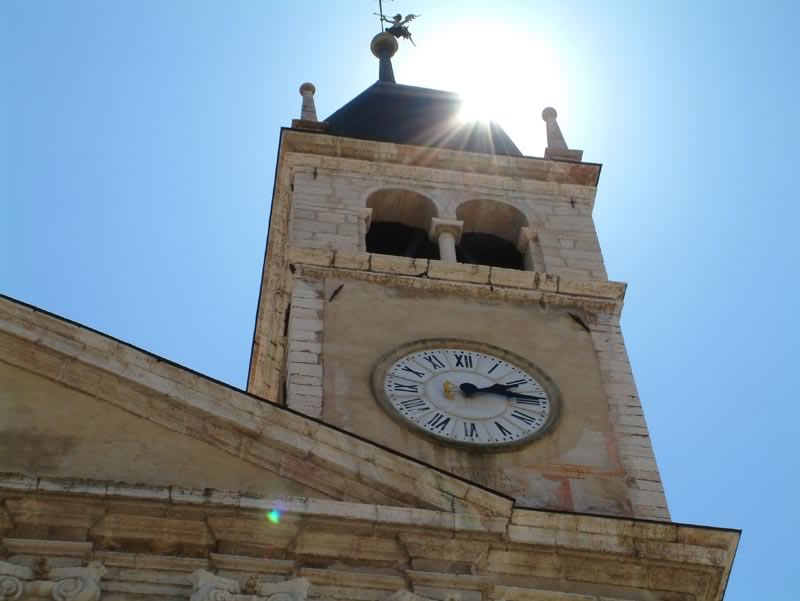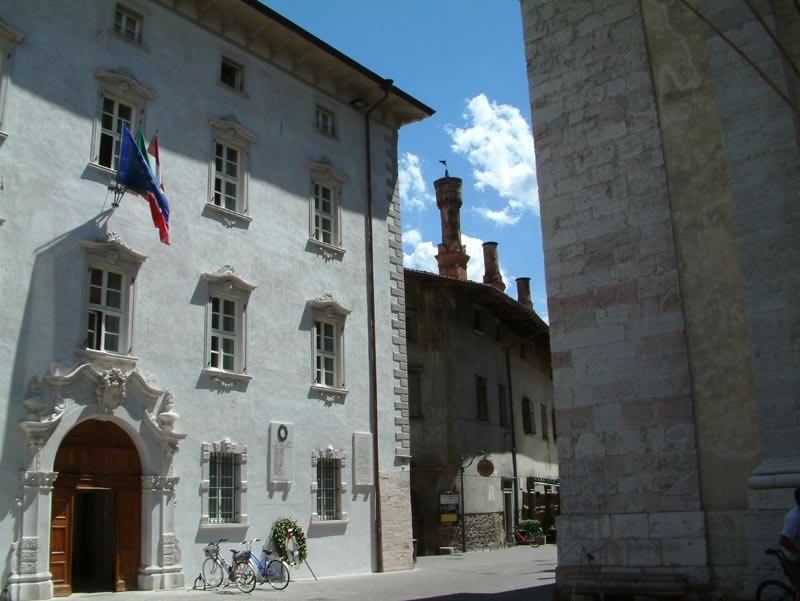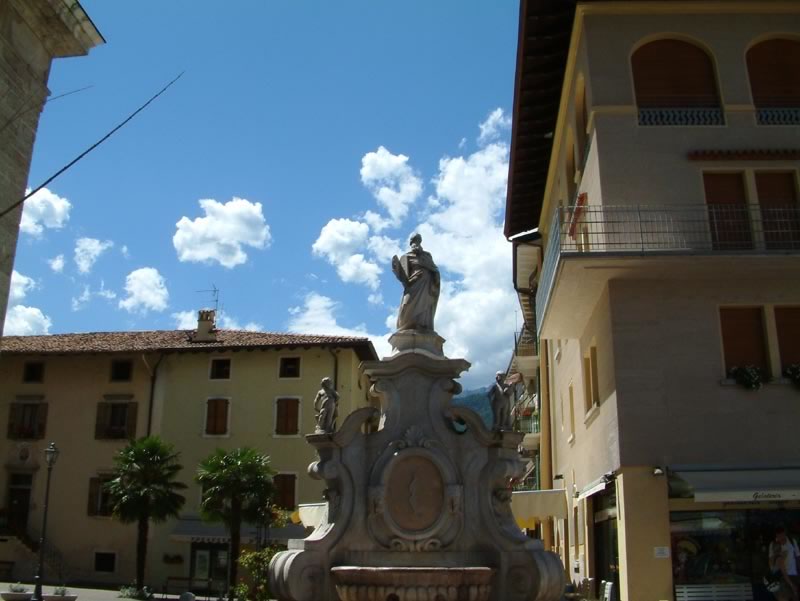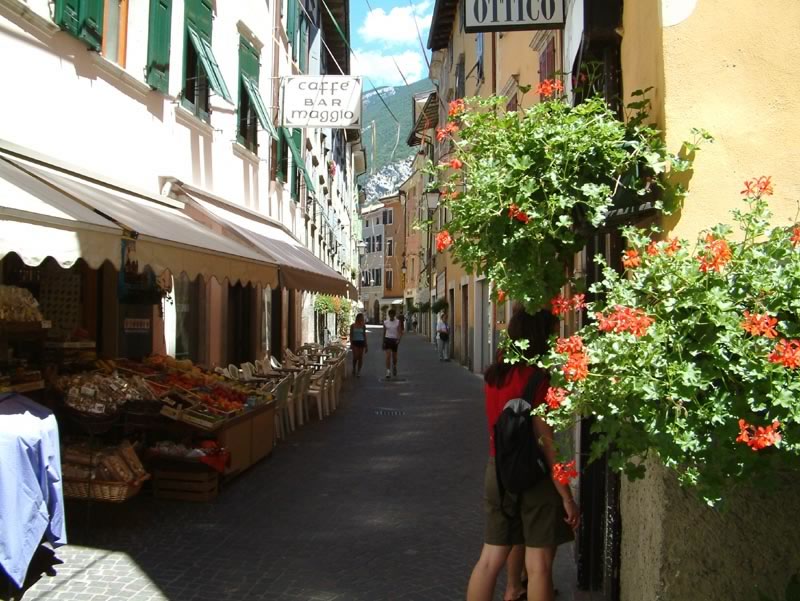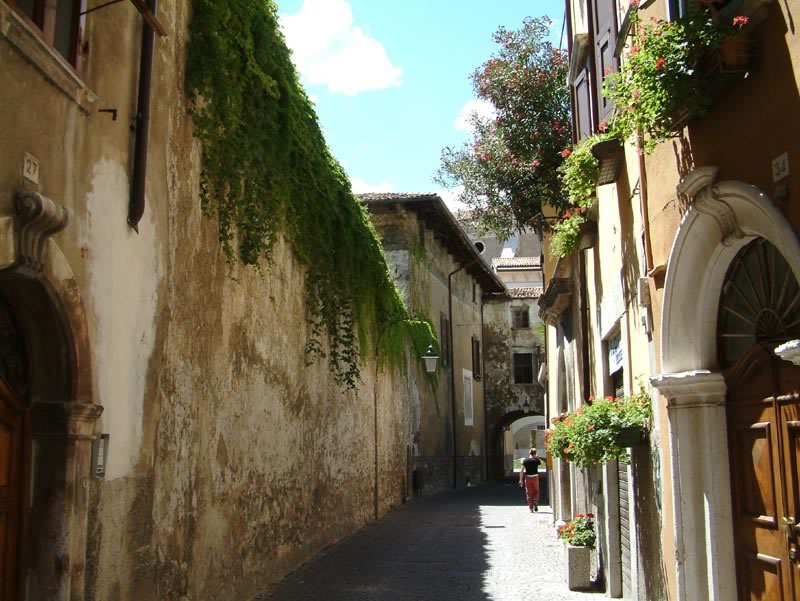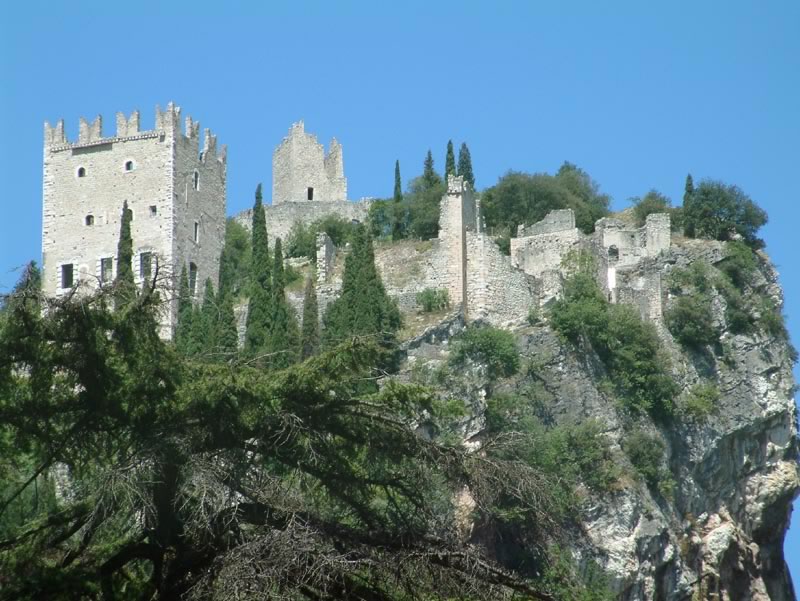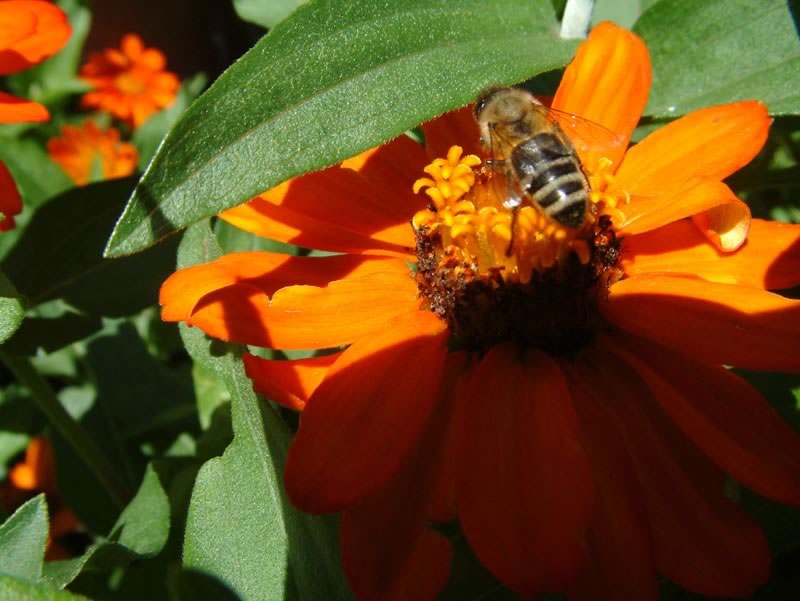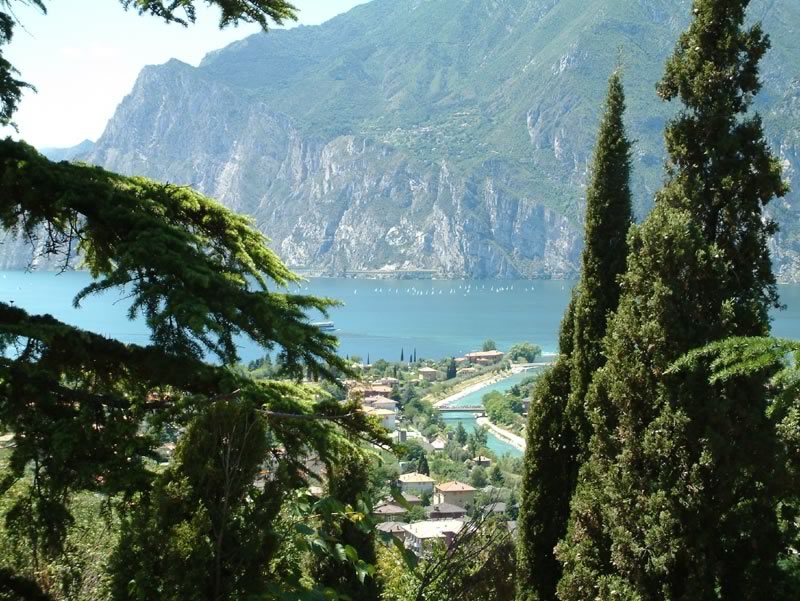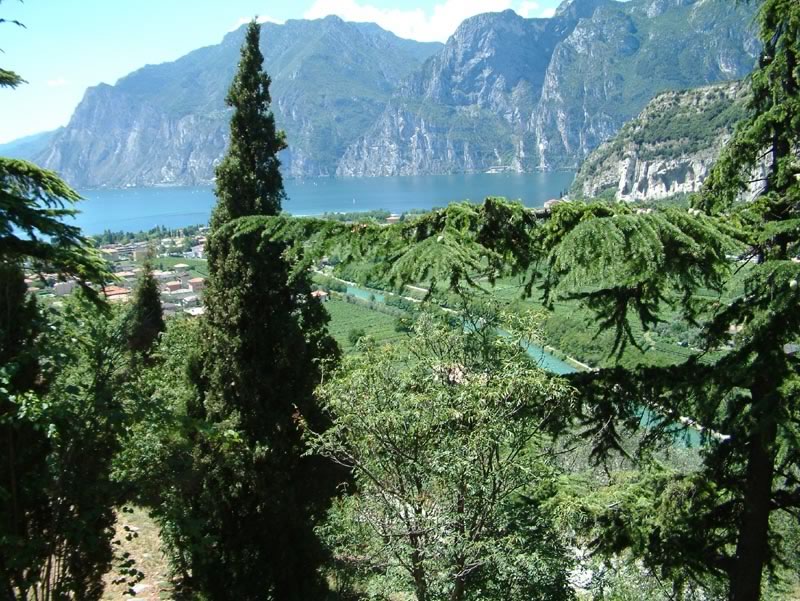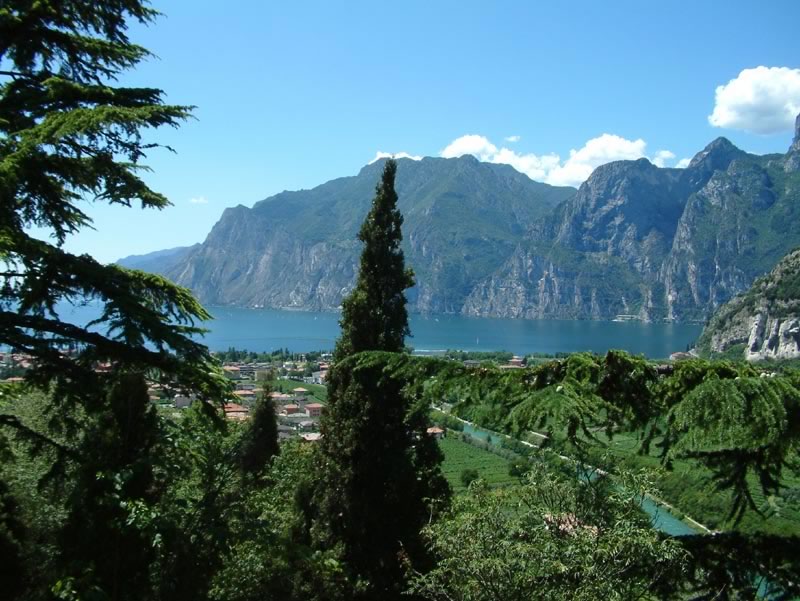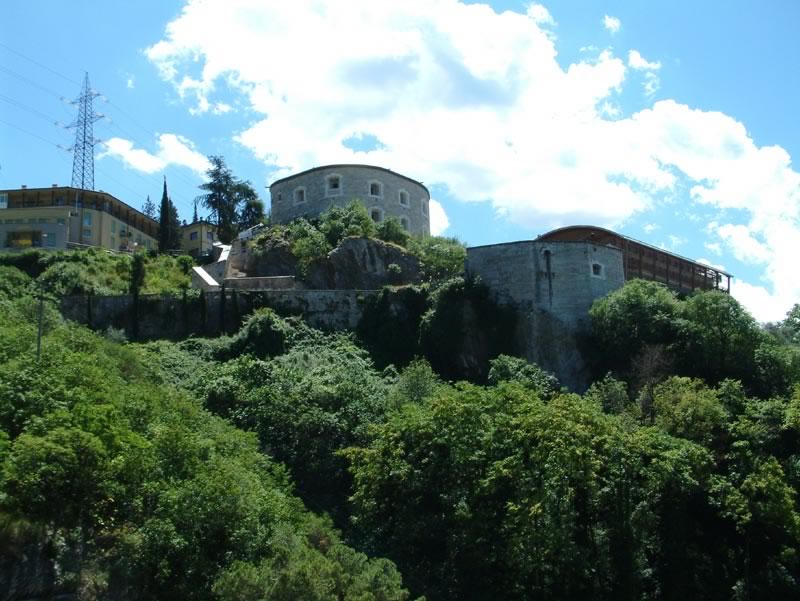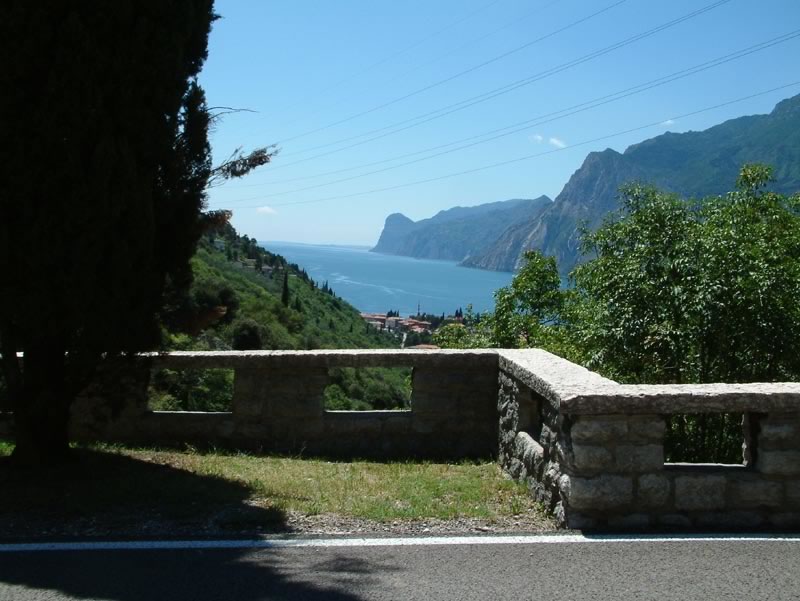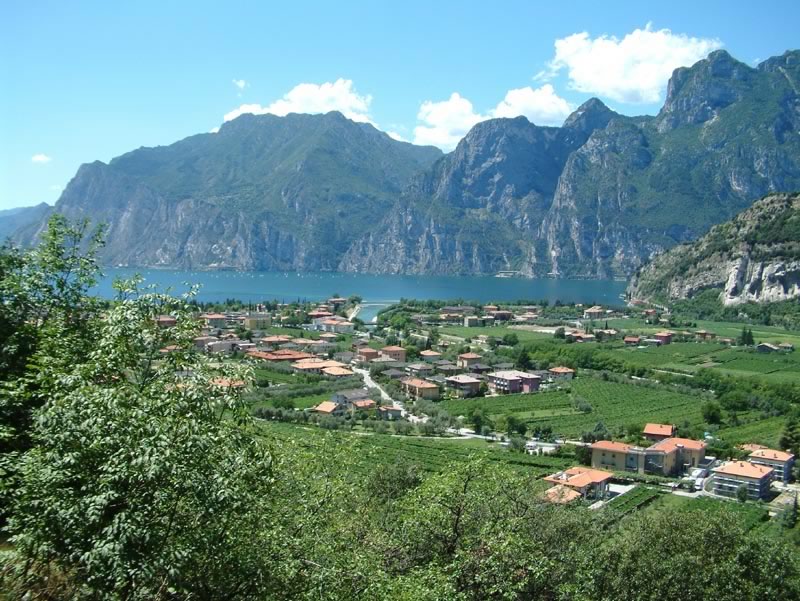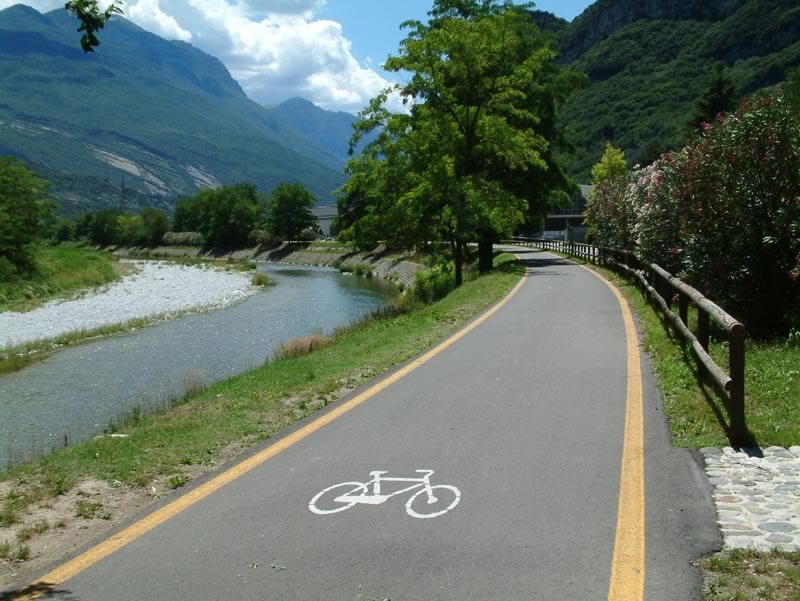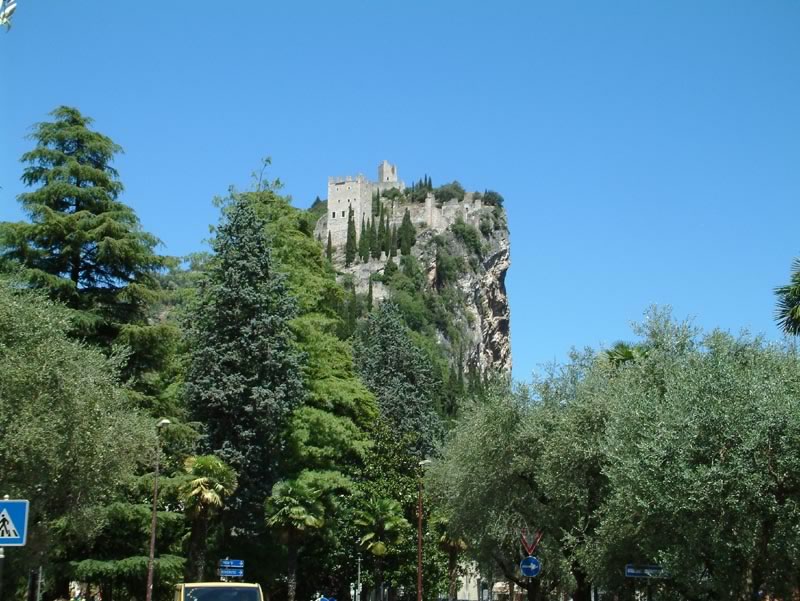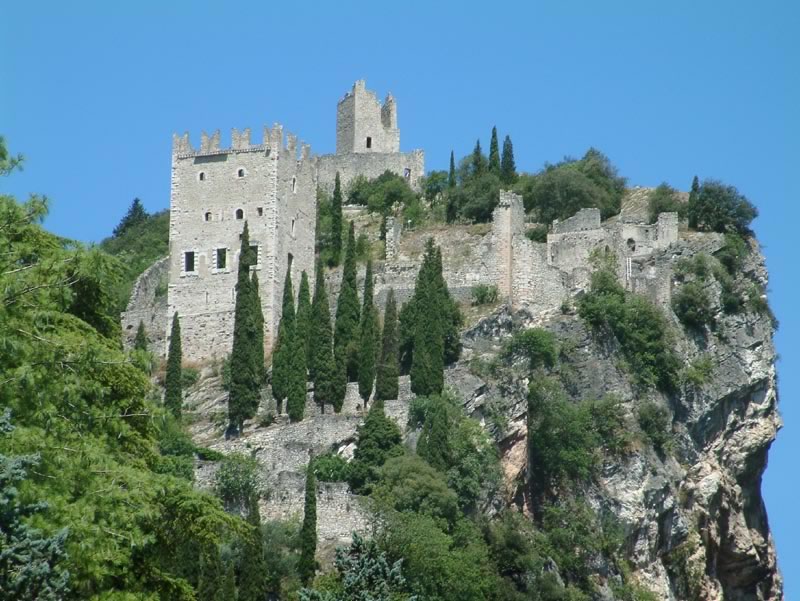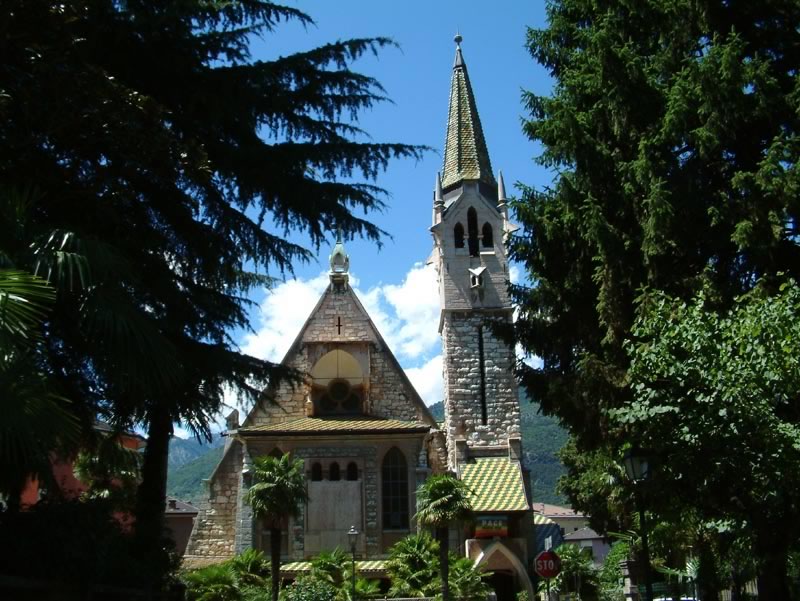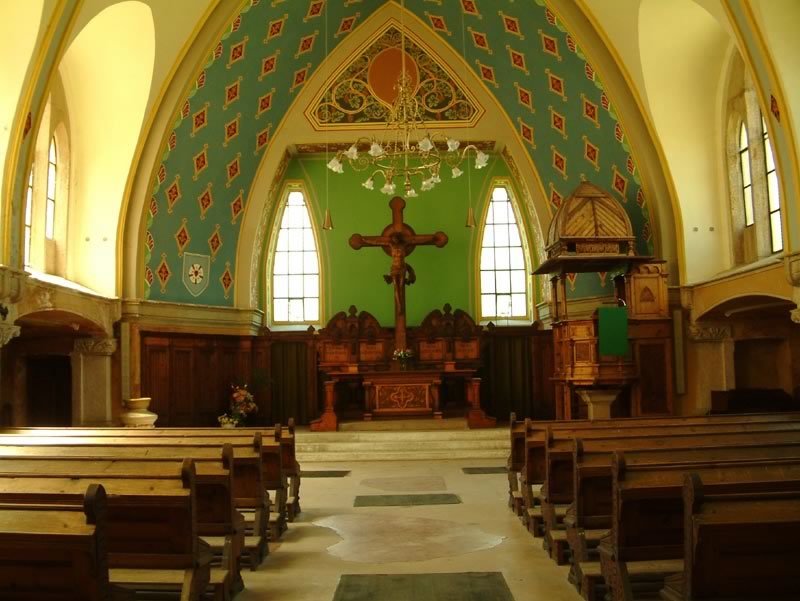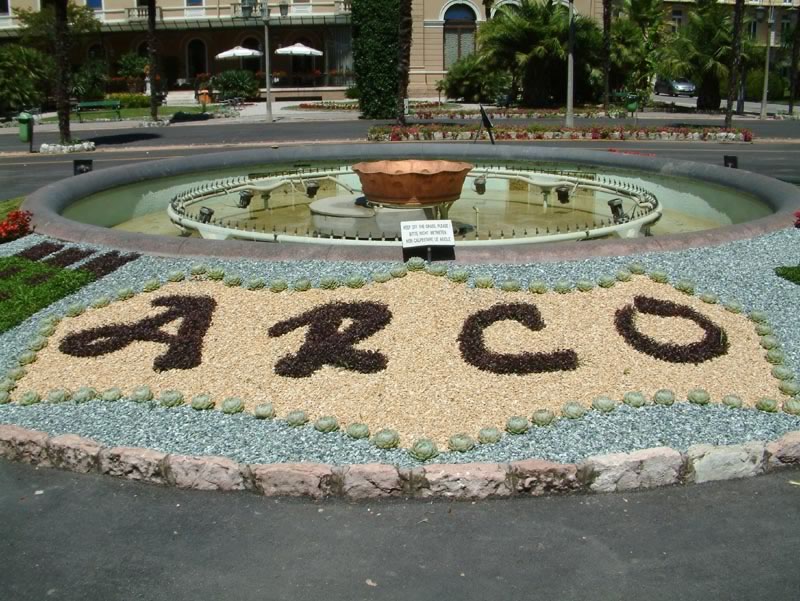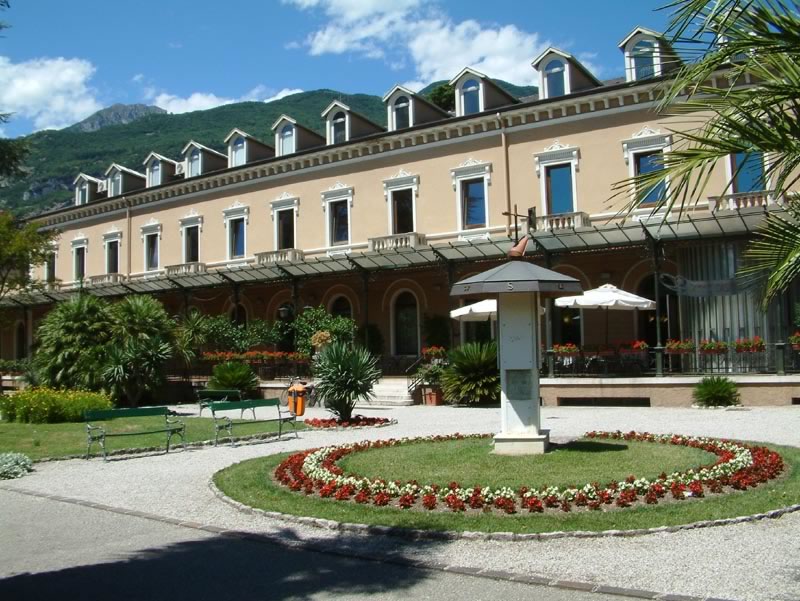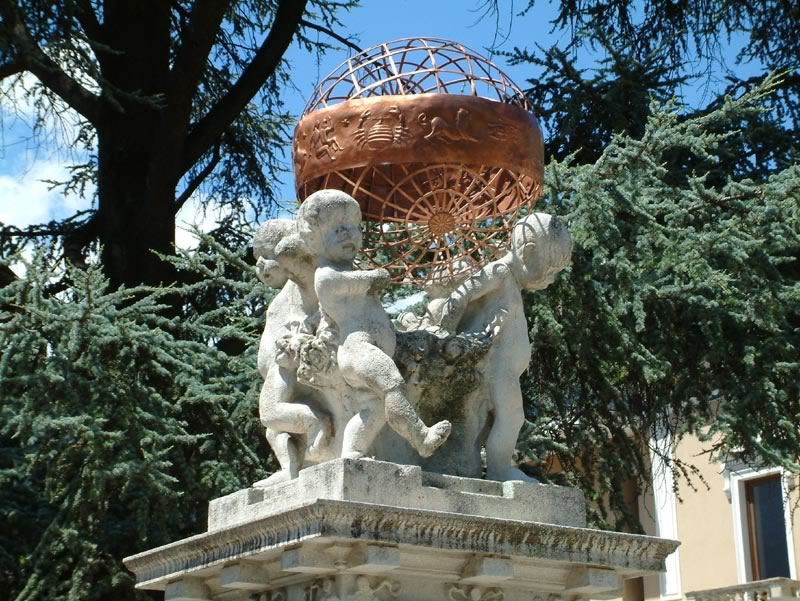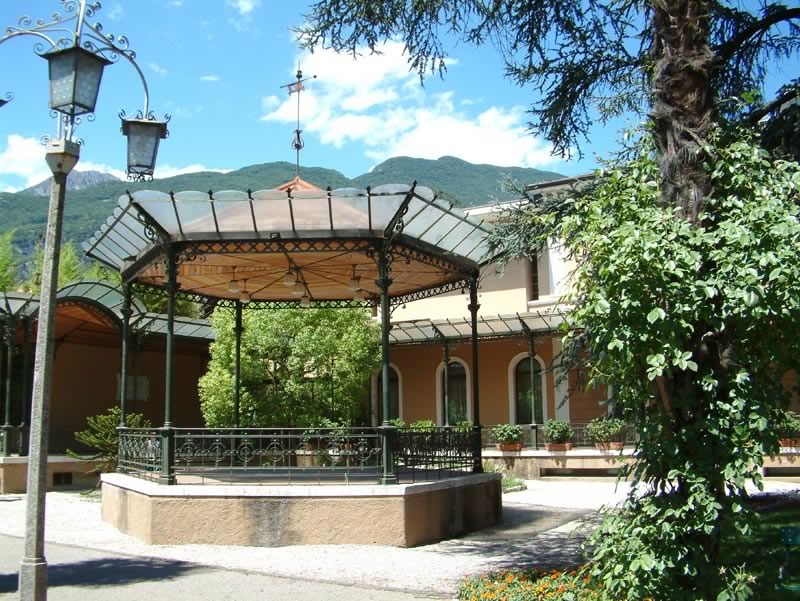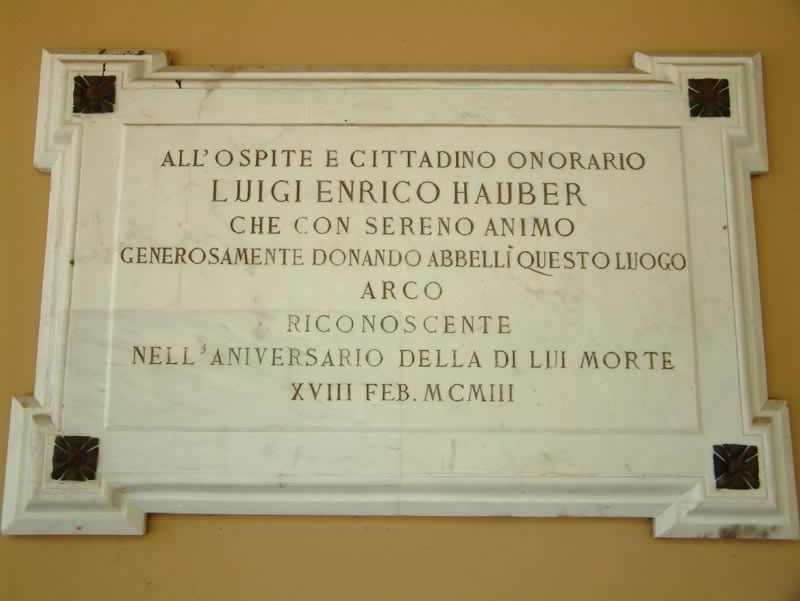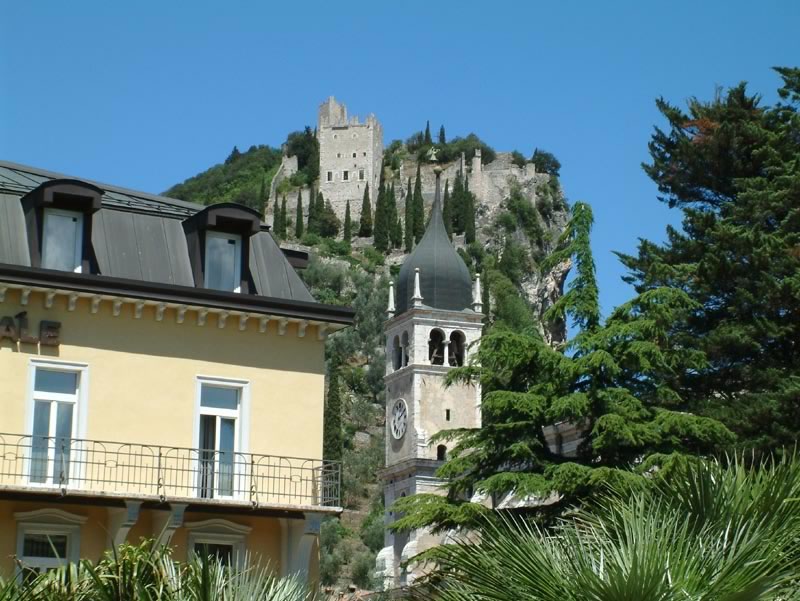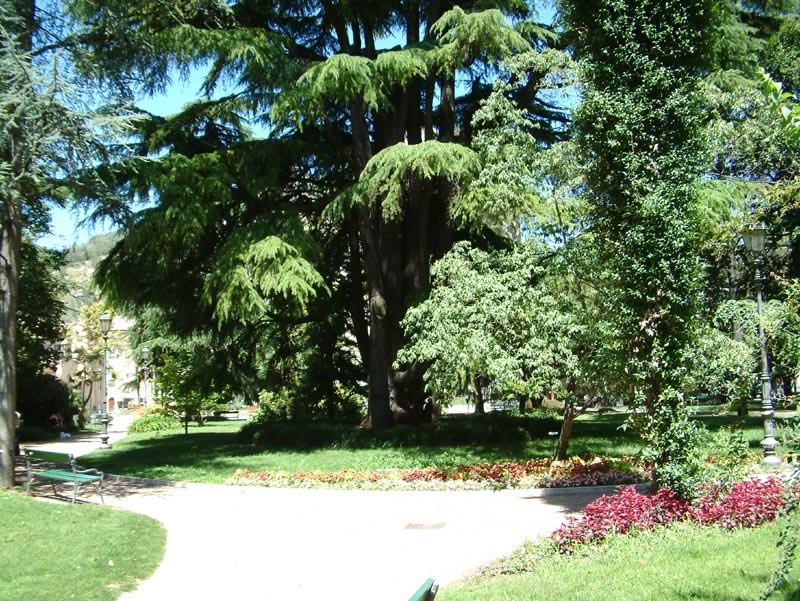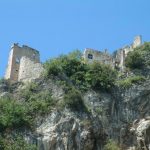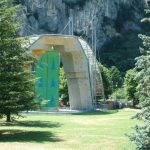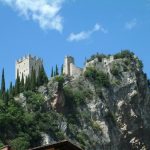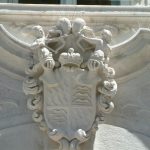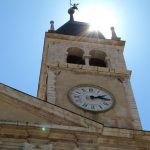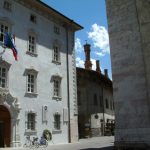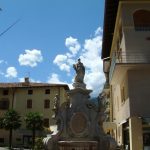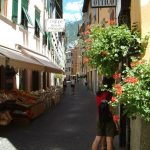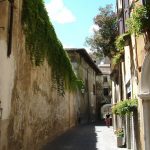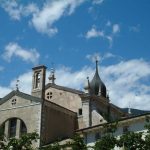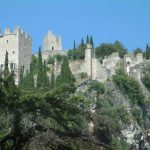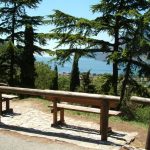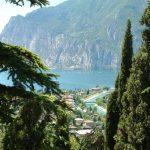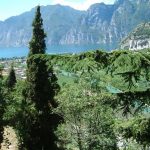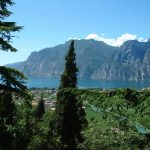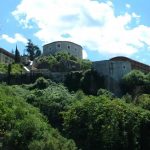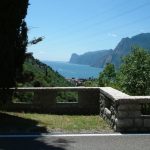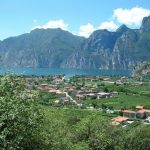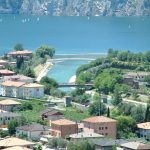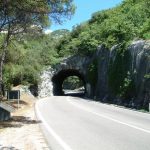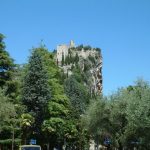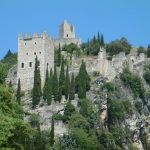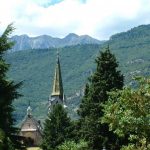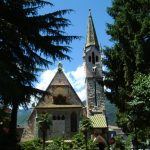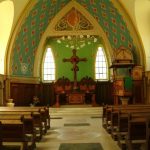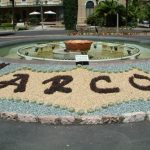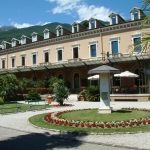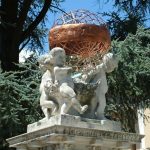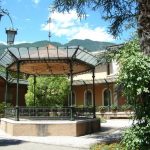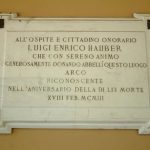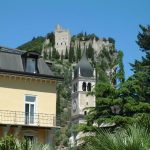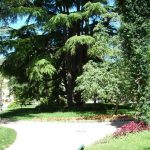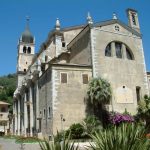Arco
HISTORY OF ARCO
The name Arco derives from the Latin word “arx“, which means: fortress, indeed once a time there was a castle, and round the castle they constructed always more and more houses, realizing finally an wonderful town.
Arco was just inhabited during the Prehistory, then during Middle Ages it was settled by Gothic people, who made Arco capital of their feudalism. The Archdukes of Arco ruled in the castle, an event, retained in a famous piece by Albrecht Duerer (1945) (you can find that painting in the Louvre of Paris).
Thanks to an active citizen’s initiative the town became soon free commune with its own rules and rights. During the Renaissance wonderful palaces were built round the town square, property of noble families. A famous representative of these titled persons, named Nicolò supported the arts of the town.
Under the domination of the Hapsburgs, Arco became more and more holiday resort of noble families, many buildings today are still remembering that period, especially the ancient casino. Because of the increasing demand, they built many hotels and boarding houses with wonderful large gardens and parks, the town became always more important, a real “Health Resort“. During the 19th. Century doctors discovered that the wonderful mild climate of Arco could be an excellent cure for bronchitis and pneumonia, and so the first sanatoriums were edified. In the last 6o years Arco developed into an important industrial, agricultural tourist centre.
ARTS
 Nearby the public gardens lies the majestic Parish, named “Collegiata“, consecrated to Our Lady and built during 1613 and 1671 by the famous architect Giovanni Maria Filippi da Dasindo , today one of the most famous “examples of the Renaissance”. Inside we can see the first altar on the left side (1754), a masterpiece of the artist Teodoro Benedetti; but the altar piece, representing the combat between Archangel Michael and Lucifer, is by Teofilo Polacco and Brusaorzi (16th. century). In the little chapel, on the altar, by Sebastiano and Cristoforo Benendetti in the 18th. century, there is to see an urn with the “reliquie ” of a martyr, named by the citizens of Arco “the holy innocent”. The altar piece is by Jacopo Zanussi. Above the next altar, by Bartolomeo Pellone and named “Santo Senese Bernadino” we can admire a beautiful altar piece by Domenico Udine (1834). The presbytery was completely restored during the 17th. century. In the centre, directly in the corner of the high altar there is a group of marble statues, representing Our Lady with disciples, probably by Gabriele Caliari di Verona. The wonderful high-altar was planed and constructed by Domenico Rossi, or better known as Mantentino. He was an artist from Mori, (nearby Arco) making also the altars of the most famous church of Padova “Chiesa di Sant’Antonio e dell’Adolorata“. The fence, which closed the altar, was made in 1781 by Giovanni Antonio Folada di Mori, the baroque “tabernacle” is by Cristoforo Benendetti. The rosary-altar however is a masterpiece by Bartolomeo Pellone. The wonderful chorus was constructed by Giacomo Benedetti from Desenzano.
Nearby the public gardens lies the majestic Parish, named “Collegiata“, consecrated to Our Lady and built during 1613 and 1671 by the famous architect Giovanni Maria Filippi da Dasindo , today one of the most famous “examples of the Renaissance”. Inside we can see the first altar on the left side (1754), a masterpiece of the artist Teodoro Benedetti; but the altar piece, representing the combat between Archangel Michael and Lucifer, is by Teofilo Polacco and Brusaorzi (16th. century). In the little chapel, on the altar, by Sebastiano and Cristoforo Benendetti in the 18th. century, there is to see an urn with the “reliquie ” of a martyr, named by the citizens of Arco “the holy innocent”. The altar piece is by Jacopo Zanussi. Above the next altar, by Bartolomeo Pellone and named “Santo Senese Bernadino” we can admire a beautiful altar piece by Domenico Udine (1834). The presbytery was completely restored during the 17th. century. In the centre, directly in the corner of the high altar there is a group of marble statues, representing Our Lady with disciples, probably by Gabriele Caliari di Verona. The wonderful high-altar was planed and constructed by Domenico Rossi, or better known as Mantentino. He was an artist from Mori, (nearby Arco) making also the altars of the most famous church of Padova “Chiesa di Sant’Antonio e dell’Adolorata“. The fence, which closed the altar, was made in 1781 by Giovanni Antonio Folada di Mori, the baroque “tabernacle” is by Cristoforo Benendetti. The rosary-altar however is a masterpiece by Bartolomeo Pellone. The wonderful chorus was constructed by Giacomo Benedetti from Desenzano.
I PALAZZI
On the square “Piazza III Novembre” we can find an ancient well “La Fontana del Mosè“, built in the 16th. century. Around the square there are placed wonderful palaces with coat of arms of titled families at their facades. To note “Palazzo Nuovo” (or better known as Giuliani Marcabruni), built in the 15th. mcentury for Duke Francesco. Then, during the 17th. century it was completely restored by the new owners, the Marcabruni Family. Today the building belongs to the Commune, it is seat of the historical archive and has a beautiful congress hall. The baroque “Palazzo di Piazza”, today city hall of Arco, it was also completely restored during the 17th. century and has decorative window borders. At the beginning of the lane “Via Vergolano”, quite nearby the square, stands the palace “Palazzo del termine“, probably erected in the middle of the 15th. century. For some times the building was habited by the famous humanist and poet Nicolò d’Arco (1479 – 1546). To note the wonderful border of frescoes round the palace, directly under the roof, made by the artist Dionisio Bonmartinidi Agrone (1537). In front of the church “Collegiata” you can find the square “Piazza Marchetti” with an unique palace, called “Palazzo Ononimo“, built in the 16th. century. This building too, has a wonderful border of frescoes under the roof and extraordinary strange chimneys . In “Via Segatini” we can see “Palazzo Panni“, built in the second part of the 16th. century, earlier named “La Fabbrica dei Panni” (woollen fabric), today you can find here the public library. Taking the narrow lane “Vicolo delle Ere“, nearby the palace, you can climb up to the castle, after a short walk of 20 minutes.
THE CASTLE
The castle of Arco was built about 1.000 A.D. on ruins of a prehistoric “Castelliere”. Later, the Archdukes of Arco took possession of the building and in 1579 it was captured by the Duke of Tyrolo, Ferdinand II. During the Spanish War, the fortress decayed and was captured by French military troops of General Vendome.
The castle has a main tower, “La Torre Grande“, more than 20 m. high, a side tower “La Torre Rengherà” with a bell (called: la renga), rung in those days for waking up the inhabitants. Very interesting the hall “Sala dei giochi” with precious frescoes, representing several game motives, like the lady or the horse-rider of the game: chess. (information: Phone: +39 0464 510156).
